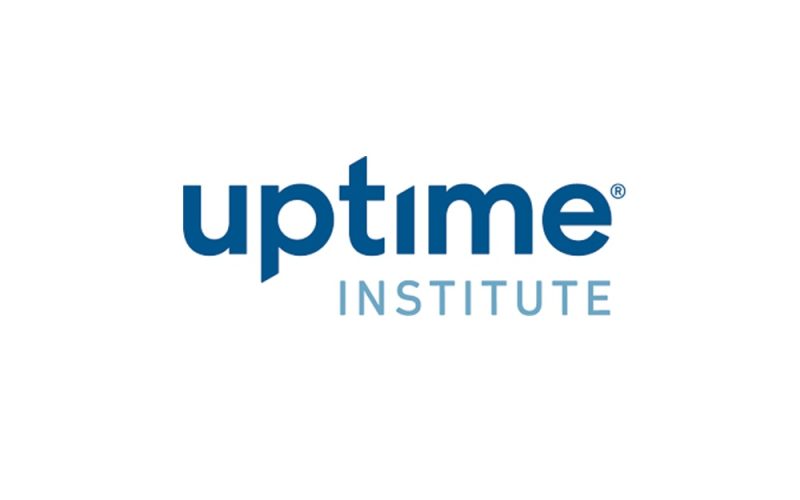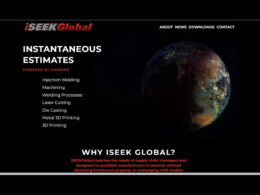Need to Modernize to Meet Power and Density Requirements Remains Strong
Uptime Institute today announced the release of its 15th Annual Global Data Center Survey 2025 revealing an innovative and resilient industry – one that is also facing rising costs, worsening power constraints, and challenges in meeting the demands for AI. As operators expand and modernize to meet power and density requirements, they must address availability, efficiency, staffing challenges, supply chain delays, and unpredictable technological advances.
“Our data shows operators are tasked with managing a lot of big strategic challenges at the same time. These include anticipating multiple technological changes, planning for expansion in spite of major constraints on power availability, and preparing for and supporting unpredictable AI workload demand,” said Andy Lawrence, Executive Director of Research, Uptime Institute. “This is a time where senior level experience is critical. But for the first time, more operators are finding it harder to recruit and retain senior people than people at an earlier stage of their career. There is a management shortage, with many experienced leaders retiring just as another phase of dramatic growth gets underway.”
Roughly one-third of data center owners and operators currently perform some AI training or inference, and a significantly greater proportion plan to do so in the future. But much of this is early stage and cautious. Uncertainty over the appropriate or likely venues for AI workloads, and apprehension over the power demands of projected NVIDIA GPU systems, is likely contributing to capacity concerns.
Now in its 15th year, Uptime Institute’s annual survey is the most comprehensive and longest-running study of its kind. The findings of this report highlight the practices and experiences of data center owners and operators in the areas of resiliency, sustainability, efficiency, staffing, cloud, and artificial intelligence.
Key findings from the 2025 report include:
- Cost issues remain the top concern for digital infrastructure management teams in 2025 — but worries around forecasting future capacity requirements have grown significantly.
- Average PUE levels show little change for the sixth consecutive year, with improvements constrained by legacy infrastructure and some climate specific limitations to efficient cooling.
- Average server rack power densities continue to rise, with greater adoption of racks in the 10–30 kW range. Few facilities exceed 30 kW, and extreme densities are as yet rare.
- The collection and reporting of key sustainability metrics have not improved in 2025, which is likely due in part to commercial pressures to support AI, and easing regulatory pressure in some regions.
- Trust in AI for data center operations depends on the use case: most would allow its use for analyzing sensor data and predictive maintenance tasks, but not configuration changes, controlling equipment, or staffing issues.
- Impactful data center outages are gradually becoming less frequent — but one in ten still cause serious or severe disruption, underscoring the need for continued investment.
- Enterprises continue to adopt hybrid IT strategies, spanning cloud, colocation on-premises data centers. On-premises data centers remain foundational for those with large, mission critical processing needs, with 45% of IT workloads still residing in corporate facilities.
- Staffing challenges persist in 2025. Nearly two-thirds of operators report difficulty retaining staff, finding qualified candidates, or both.
About the Survey:
Uptime conducted this year’s Annual Global Data Center Survey online and via email from April to May 2025 and collected responses from more than 800 data center owners and operators. For the third consecutive year, Uptime’s survey asked data center operators to identify their management team’s top concerns related to digital infrastructure. In 2025, new response options were added to reflect the evolving challenges surrounding power availability, supply chain disruptions, and demand for AI.
The survey participants represent a wide range of industry verticals in multiple countries. Nearly half (43%) are located in North America and Europe. Approximately one in five respondents work for professional IT / data center service providers — that is, staff with operational or executive responsibilities for a third-party data center, such as those offering colocation, wholesale, software, or cloud computing services.










